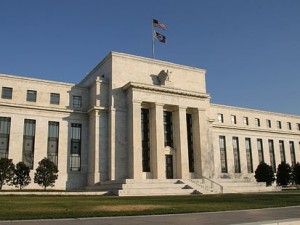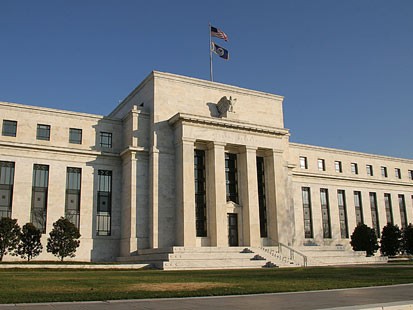 The Federal Reserve’s plan to taper off quantitative easing may take slightly longer than expected as United States economic growth was revised to be lower than most analysts expected. The US economy grew by approximately 1.8 percent per year in recent figures reported by the United States Department of Commerce.
The Federal Reserve’s plan to taper off quantitative easing may take slightly longer than expected as United States economic growth was revised to be lower than most analysts expected. The US economy grew by approximately 1.8 percent per year in recent figures reported by the United States Department of Commerce.
The 1.8 figure came as a surprise to many in the economic community, who had held tightly to the previous Commerce Department prediction of 2.4 percent growth. The downward shift has been attributed to decreased consumer spending as a growing number of American households deal with reduced income and spending power.
Despite being significantly below the Commerce Department’s previous figure, the 1.8 percent growth isn’t been seen as a major let-down. Factors such as the removal of a two percent tax break for workers on payroll taxes and a reduction in spending amongst government departments are seen as leading cases for the slow growth.
The poor economic growth rate may affect the Federal Reserve’s plan to reduce its involvement in the United States economy. The Fed, as it’s known, has engaged in a large-scale quantitative easing program known as QE3 to revive the United States’ economy after one of the worst recessions in recent history.
Federal Reserve policies have been built around the possibility of renewed growth in the United States fuelled by consumer spending. Low wage growth and the large downturn in Chinese economic growth are seen as major threats to the strength of the United States economy, and a possible cause of delay to the end of QE3.
Despite the slow economic growth figures, the United States economy hasn’t fared poorly over the past year. The housing market, which was devastated following the 2008 economic crisis, is recovering, with homebuilding at the highest rate in recent years and prices increasing across the country.





